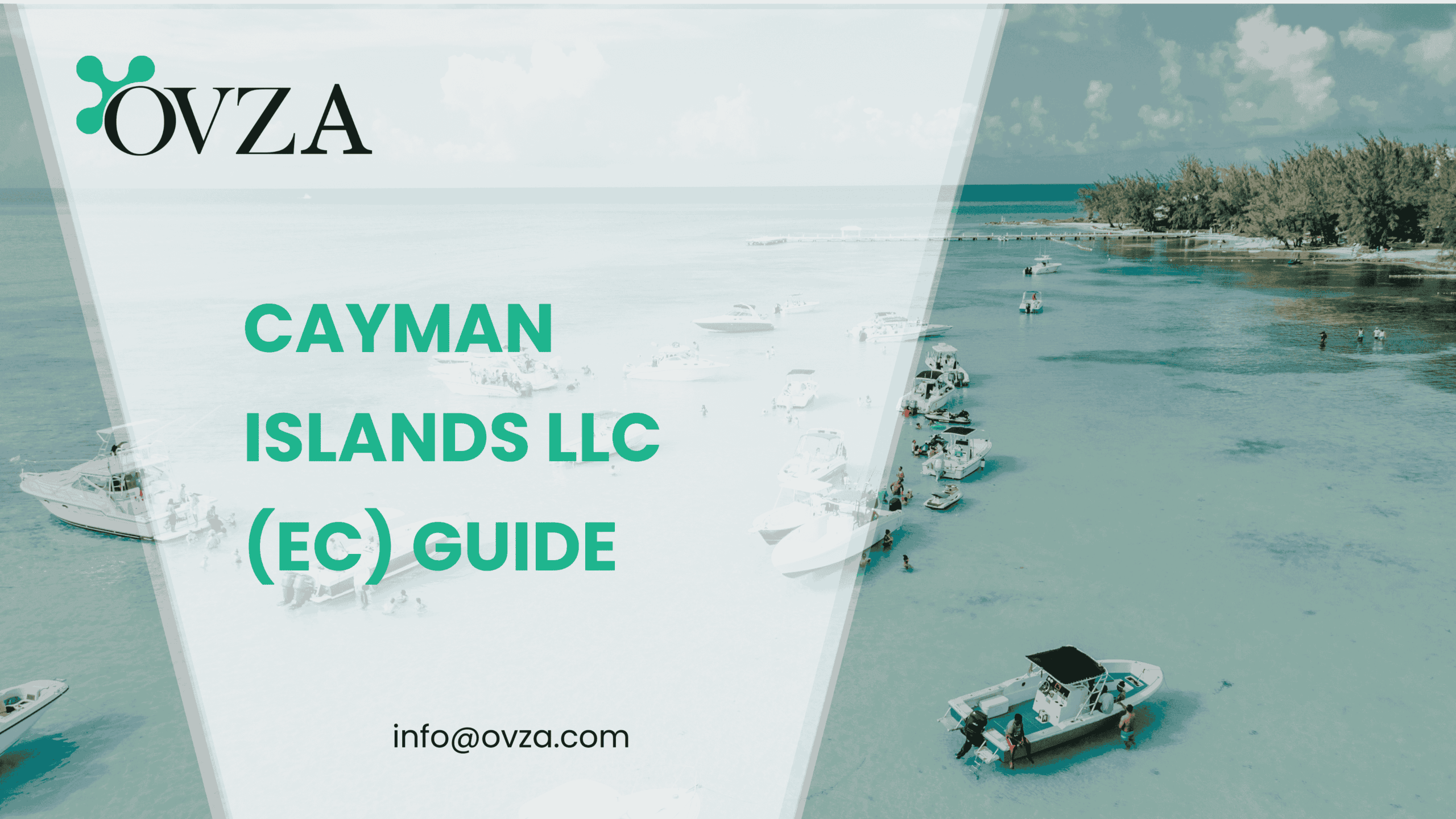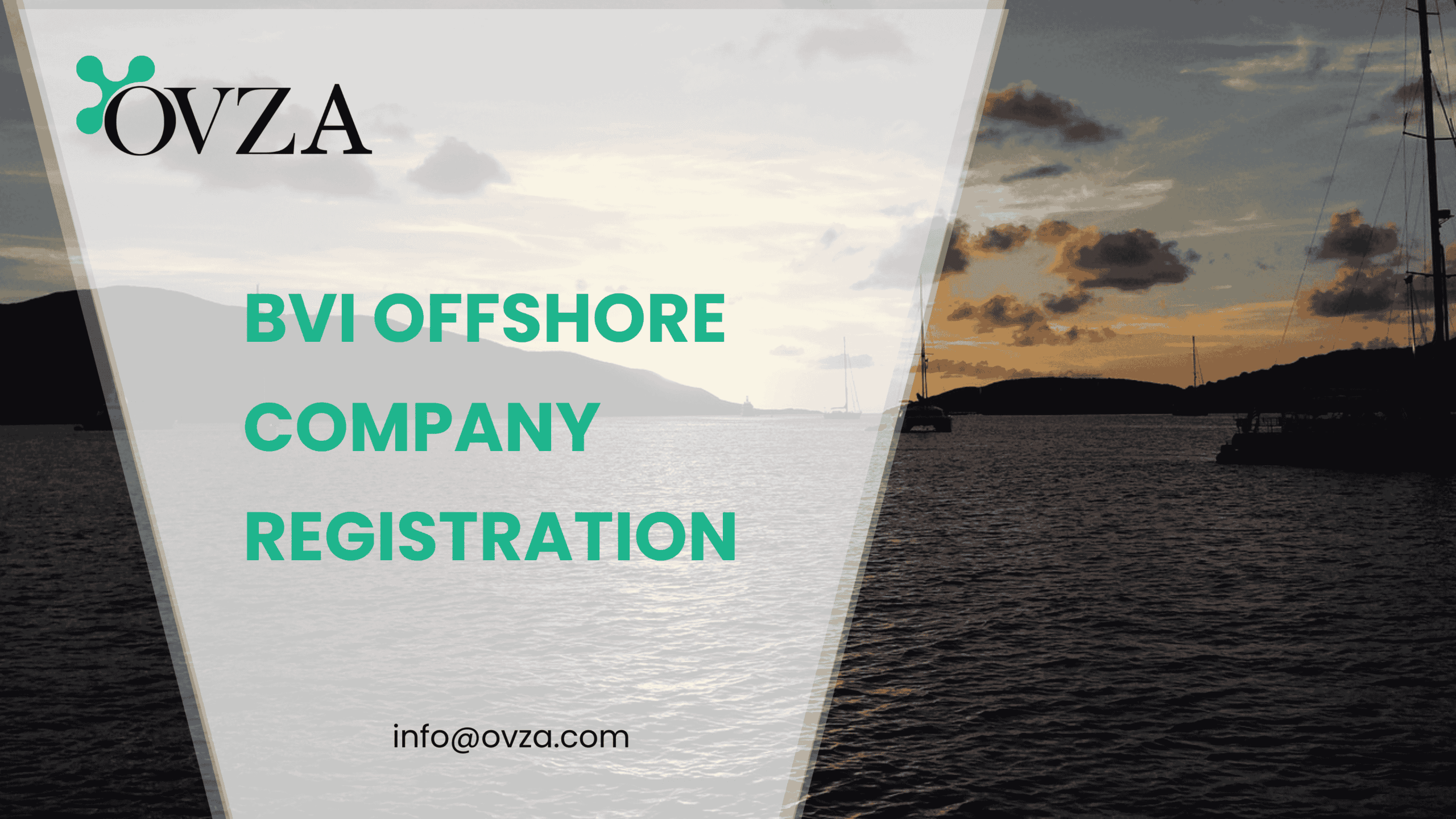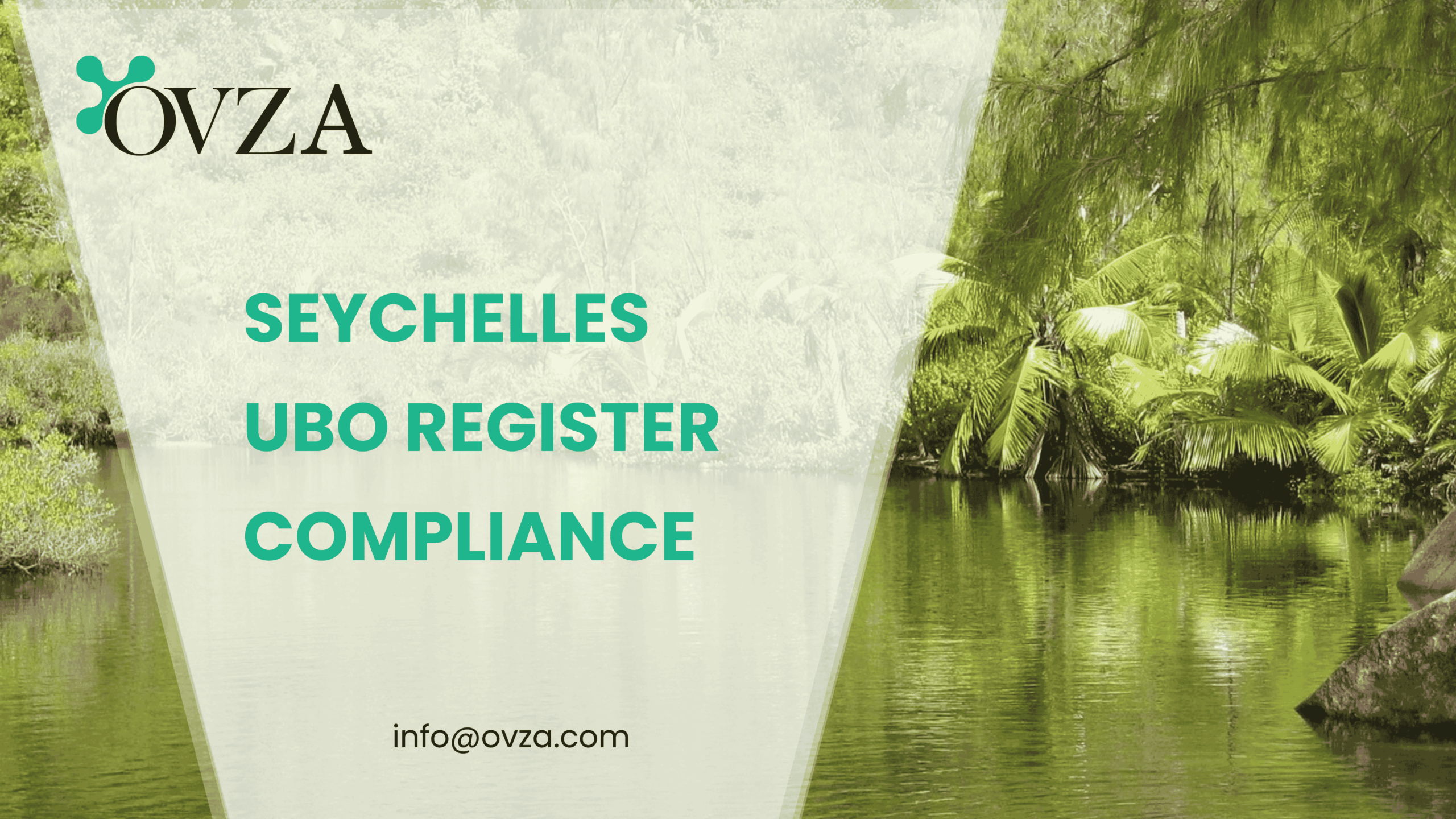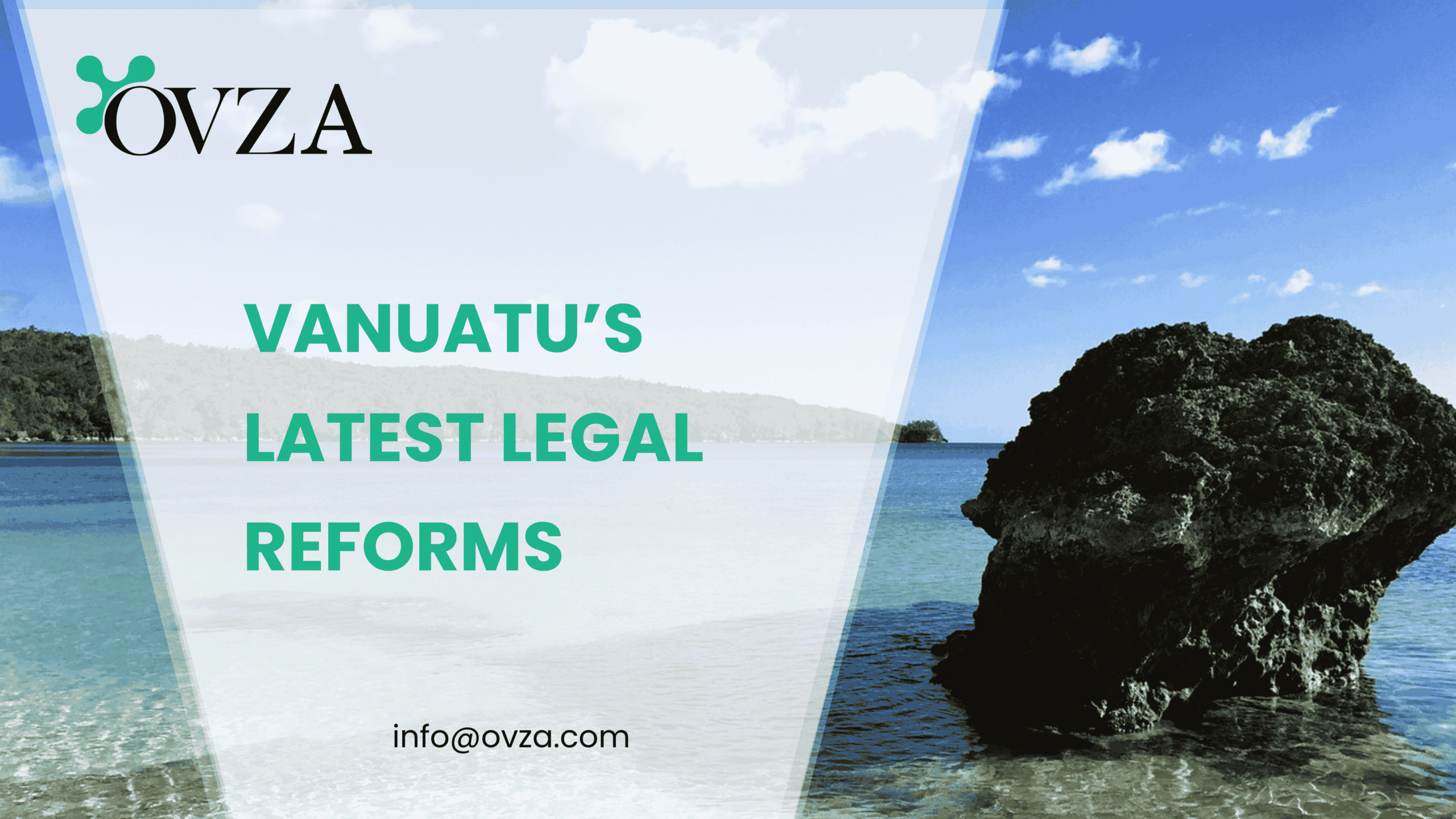Offshore M&A SPV structuring support risk isolation, tax neutrality, and enforceable governance in cross-border acquisition structures. The use of offshore Special Purpose Vehicles (SPVs) in cross-border mergers and acquisitions (M&A) has become a key structural technique for facilitating regulatory efficiency, risk segregation, and contractual clarity. These SPVs are typically formed in jurisdictions such as the British Virgin Islands, Cayman Islands, or Luxembourg, where statutory corporate frameworks and judicial precedent offer enhanced predictability for transaction execution. The legal rationale for utilizing offshore SPVs in M&A transactions encompasses a combination of asset isolation, tax neutrality, enforceability of governing law, and the streamlining of acquisition financing or equity structuring.
Legal Frameworks and Transactional Efficiency
Offshore jurisdictions have developed legal regimes designed to support the creation of entities that are tailored for specific, limited purposes such as the acquisition, holding, or financing of shares in a target company. The BVI Business Companies Act and Cayman Islands Companies Act both allow for the rapid formation of SPVs with customizable constitutional documents and limited reporting obligations. These features enable acquirers to create transaction-specific legal persons that can execute M&A transactions without exposing the acquirer’s main balance sheet to contingent risks. Additionally, SPVs are often used to ring-fence liabilities associated with earn-outs, regulatory approvals, or indemnification provisions within the transaction structure.
Legal practitioners structuring offshore SPVs in M&A deals must ensure that the SPV possesses a valid legal personality, appropriate capacity under its constitutional documents, and sufficient governance protocols to meet the legal requirements of both the target and the acquiring jurisdictions. The capacity to contract, raise debt, and hold shares must be embedded in the SPV’s memorandum and articles of association, and care must be taken to avoid ultra vires acts that could be challenged in court or disallowed in enforcement proceedings. The role of directors, voting thresholds for corporate actions, and the application of fiduciary duties must also be clearly delineated, especially where the SPV is acting as the vehicle for syndicated or layered investment transactions.
The selection of governing law and jurisdiction for dispute resolution is a foundational component of offshore M&A SPV structuring. Jurisdictions like the Cayman Islands and BVI offer legal systems grounded in English common law, supplemented by commercial court divisions that regularly hear corporate governance and transactional disputes. This contributes to legal certainty in M&A transactions, particularly in situations where deal terms are complex and involve deferred consideration, staged acquisitions, or foreign law collateral agreements. Additionally, the offshore nature of the SPV may facilitate neutrality where parties to the transaction originate from different legal systems or where regulatory concerns necessitate ring-fencing of specific risks.
Offshore SPVs also support M&A activity by offering tax neutrality in many cases. In jurisdictions that do not impose capital gains taxes, stamp duties on share transfers, or withholding taxes on dividends and interest, SPVs can function as intermediaries through which acquisitions are executed in a tax-efficient manner. This benefit is contingent upon compliance with anti-avoidance provisions in the jurisdiction of the parent entity or ultimate beneficial owner, including Controlled Foreign Corporation (CFC) rules, Substance rules, and treaty override limitations in the relevant jurisdictions. The use of the SPV does not eliminate such considerations, but rather must be part of a broader legal strategy that accounts for multi-jurisdictional tax and regulatory alignment.
Regulatory Interface, Funding Mechanisms, and Transactional Controls
Offshore SPVs serve as a legal mechanism not only for tax and liability structuring, but also for managing regulatory complexity across multiple jurisdictions. In cross-border M&A, particularly where the target or acquiring entity operates in a regulated sector—such as telecommunications, defense, or banking—the use of an offshore SPV enables the strategic compartmentalization of regulatory submissions. This approach allows regulatory approvals, filings, and due diligence requirements to be processed through a clean corporate entity without unrelated operational or legacy liabilities. The SPV can also be dissolved following the transaction’s completion, which facilitates legal closure and accounting finality.
In private equity-backed acquisitions, the offshore SPV is often the holding entity through which leveraged finance is routed. Jurisdictions such as Luxembourg and Jersey offer additional legal tools, including hybrid entities and financing platforms, to optimize acquisition structuring. In more streamlined M&A contexts, however, the British Virgin Islands or Seychelles SPV may be used solely to act as the shareholding intermediary, issuing equity to the acquiring investors and borrowing from financing entities. These funding arrangements are commonly documented through intercompany loans, subscription agreements, and security packages involving pledge of shares, all governed by the law of the offshore jurisdiction or an accepted neutral jurisdiction such as England and Wales.
The structure of the SPV often includes contractual mechanisms such as drag-along and tag-along rights, waterfall distributions, and anti-dilution protections, all of which must be enforceable under the company law of the jurisdiction of incorporation. Practitioners must ensure that these mechanisms are valid and supported under local statutes, or alternatively included in shareholders’ agreements governed by external legal systems with a clear connection to the parties. When SPVs are used in multi-layered acquisitions or as intermediate entities between acquisition vehicles and operating companies, these instruments become central to the governance of investor rights and post-acquisition control.
Another function of the SPV in offshore M&A transactions is risk isolation. When a particular acquisition carries contingent liabilities—such as environmental exposure, outstanding litigation, or tax assessments—the acquirer may ring-fence the acquisition in a standalone SPV. If the risk materializes, recourse is limited to the assets of the SPV, thereby protecting the parent entity or fund from broader exposure. While this form of structural insulation does not negate obligations under veil-piercing doctrines in all legal systems, it is a critical feature of offshore transactional design, particularly where the SPV has no ongoing commercial operations outside the transaction.
The use of offshore SPVs must also be reconciled with disclosure regimes, particularly under international anti-money laundering frameworks and beneficial ownership transparency requirements. Even where the SPV is a passive holding vehicle, it may trigger registration obligations under OECD Common Reporting Standard regimes, EU anti-tax avoidance directives, or FATF recommendations. Jurisdictions such as the Cayman Islands and BVI have established centralized beneficial ownership registers, often accessible by competent authorities under strict conditions. These rules apply regardless of the SPV’s transactional purpose and must be accounted for when establishing the SPV and reporting to financing institutions.
In recent years, regulatory scrutiny over offshore SPV use in M&A has increased. The EU, OECD, and certain G20 states have issued guidance indicating that substance-based economic activity must accompany the legal formation of offshore entities used in tax-advantaged structures. In some jurisdictions, such as under ATAD 2, hybrid mismatch arrangements involving SPVs may result in tax denial or recharacterization. As such, legal advisors are increasingly required to document commercial rationale and show that the SPV has functional relevance beyond tax planning.
Contractual Enforcement, Exit Strategy, and Market Practice
The legal durability of offshore SPVs in M&A depends not only on the statutory framework of the jurisdiction of incorporation but also on the enforceability of key transaction documents and the expectations of counterparties and investors. Share purchase agreements, debt instruments, and equity subscription agreements governed by the law of the offshore jurisdiction must be recognized and enforceable in the event of default, dispute, or restructuring. Offshore courts, particularly in the Cayman Islands and British Virgin Islands, have demonstrated capacity to enforce complex commercial agreements, including those involving multi-party cross-border financings and corporate control disputes.
Exit strategy planning often begins at the SPV formation stage. Where the acquisition involves private equity, the SPV may be the entity through which exit proceeds—whether via IPO, trade sale, or secondary buyout—are distributed to investors. This underscores the importance of corporate governance structures that facilitate transferability, liquidation preference, and clarity in ownership rights. In certain cases, a second-tier SPV may be created beneath the primary acquisition vehicle to manage assets or facilitate post-acquisition integrations, particularly in transactions involving multi-jurisdictional targets.
Legal practitioners must also address the issue of SPV continuity and data retention. Since offshore SPVs often have limited operational life cycles, procedures for winding up, maintaining statutory records, and archiving transaction documents must be implemented in a manner consistent with the regulatory requirements of the jurisdiction. Failure to do so can impede enforcement actions or regulatory audits and may result in penalties or director disqualification in some jurisdictions.
Finally, market practice has converged around the use of offshore SPVs not as instruments of opacity but as tools of transactional functionality. Their use is recognized by institutional investors, lenders, and regulators provided that the structure adheres to disclosure obligations, substance requirements, and commercial logic. Legal research and advisory work in this area must integrate not only corporate law principles but also tax law, banking regulation, securities law, and international compliance frameworks to ensure that offshore SPVs remain legally effective and commercially viable throughout the M&A process.
Conclusion
Offshore M&A SPV structuring represents a legal architecture through which complex acquisitions can be executed with precision, efficiency, and protection against legal fragmentation. By leveraging the legal frameworks of jurisdictions such as the Cayman Islands, British Virgin Islands, and Luxembourg, acquirers and investors can isolate risk, centralize governance, and ensure enforceability of transaction documents across borders. These structures are lawful and widely accepted when used transparently, with due regard to tax compliance, economic substance, and regulatory reporting. As global standards continue to converge around transparency and substance, the role of offshore SPVs in M&A remains central to the legal structuring of cross-border corporate activity, with implications extending to finance, governance, and dispute resolution.
Disclaimer: The information provided on this website is intended for general reference and educational purposes only. While OVZA makes every effort to ensure accuracy and timeliness, the content should not be considered legal, financial, or tax advice.












